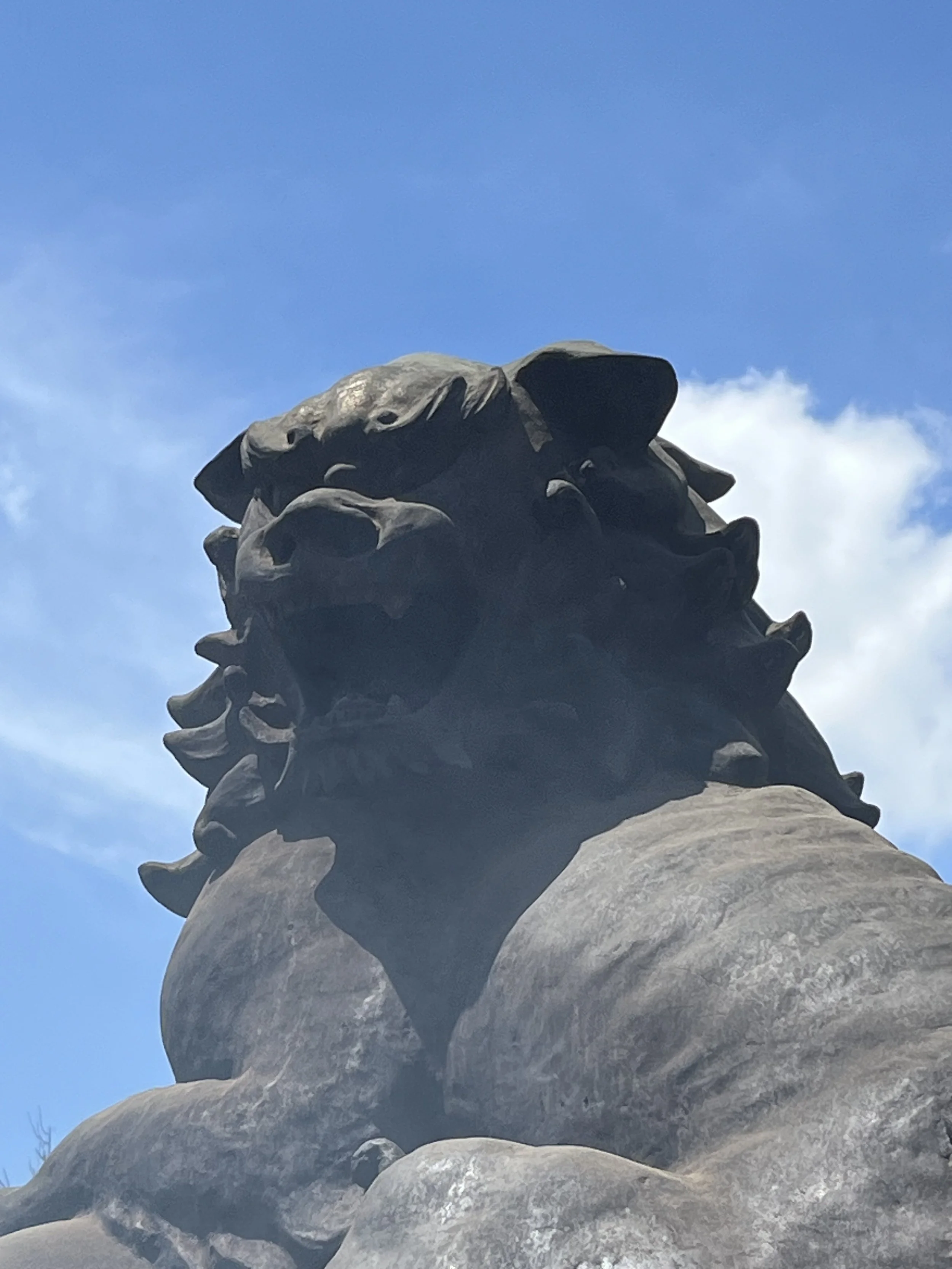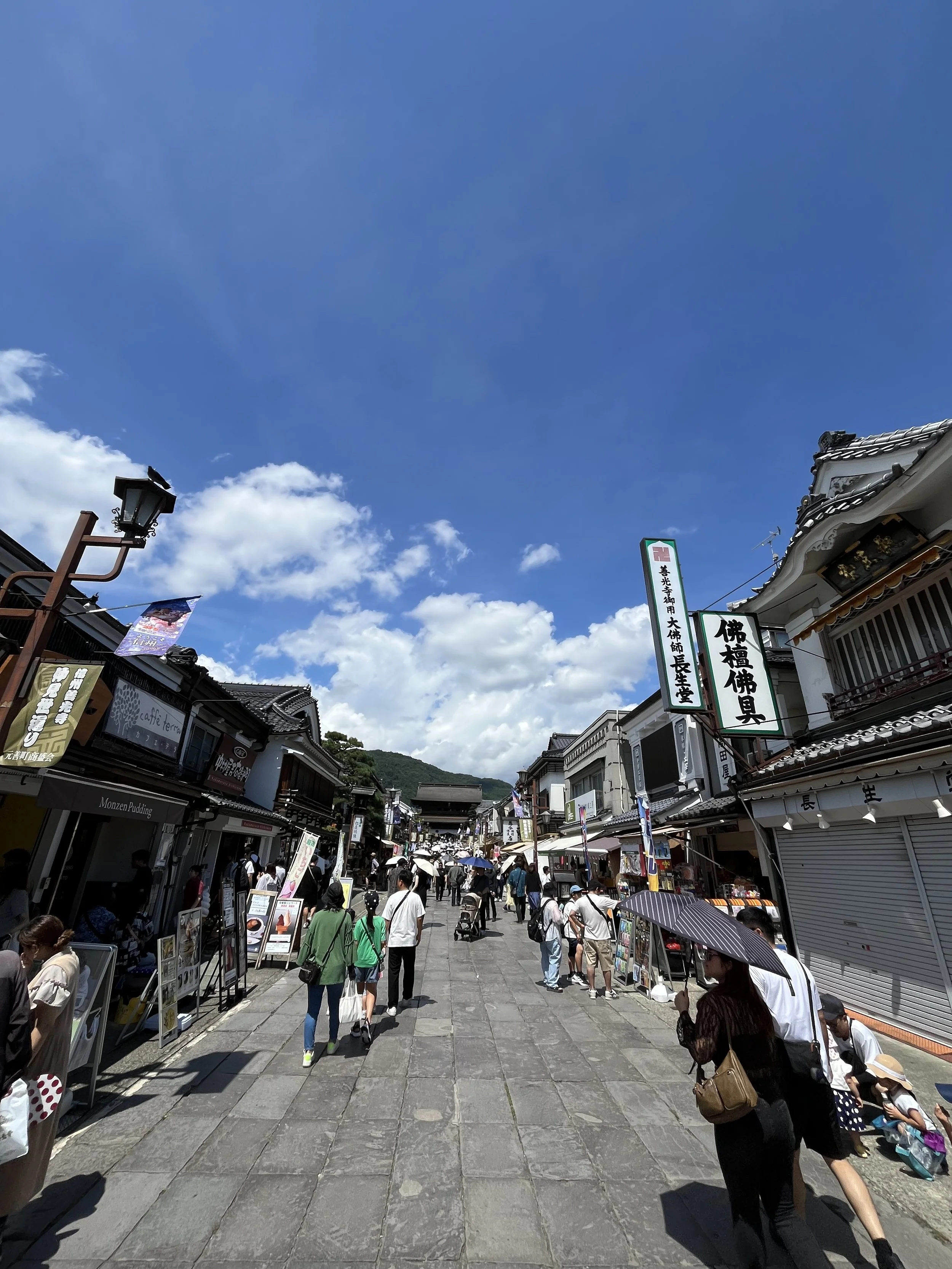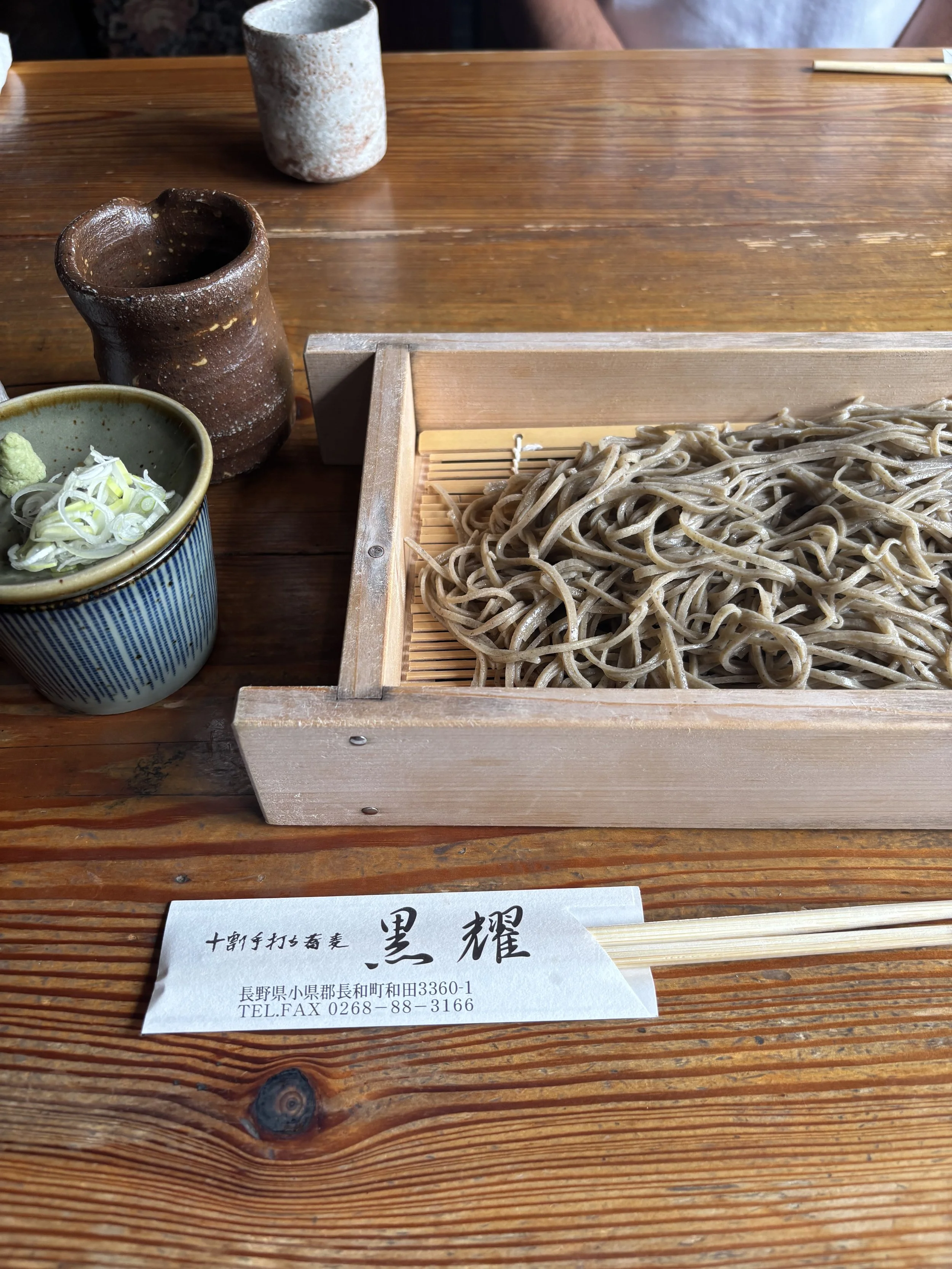Zenkouji temple, Soba and Wasabi farm-Japanese home cooking class in Tokyo
This journey through Nagano highlights Zenkoji Temple, the Daio Wasabi Farm, and the region’s famous soba noodles.
Zenkoji Temple
Zenkoji (善光寺) is a nonsectarian Buddhist temple located in Motoyoshi Town, Nagano City, Nagano Prefecture. Its principal object of worship is the "Ikko Sanzon Amida Nyorai," regarded as the oldest Buddhist statue in Japan. With a history spanning roughly 1,400 years, the temple has long been a spiritual center, welcoming visitors regardless of faith. It is so deeply revered that there is a saying: “At least once in a lifetime, you must make the pilgrimage to Zenkoji.” Today, it remains one of Japan’s most popular spiritual power spots.
Zenkouji temple- Japanese home cooking class in Tokyo
Overview & History
Location: Motoyoshi Town, Nagano City, Nagano Prefecture
Principal Deity: Ikko Sanzon Amida Nyorai (an absolute hidden Buddha, said to be the oldest statue in Japanese Buddhism)
Founded: Around 644 (Asuka period). Some traditions say the founder was Honda Yoshimitsu (known as Honda Zenko), while others attribute it to King Zenko of Baekje.
Sect: Nonsectarian (independent temple). Today, administered by both the Tendai and Jodo sects, open to all pilgrims regardless of denomination.
Cultural Property: The main hall (designated a National Treasure), along with numerous surrounding structures and statues.
Zenkouji temple- Japanese home cooking class in Tokyo
Highlights for Visitors
Main Hall: One of the largest wooden Buddhist structures in Eastern Japan, standing about 27 meters high, 54 meters deep, and 24 meters wide, supported by 108 pillars.
Binzuru (Pindola Bharadvaja): A statue believed to grant healing if you touch it. So many visitors have rubbed it that parts of the figure have worn smooth.
The Great Opening of the Temple: Since the principal deity is a hidden figure, a replica is displayed in a major ceremony once every seven years.
Temple Approach & Monzen-machi District: The approach to the temple is lined with souvenir shops and historic eateries, offering opportunities to enjoy treats and traditional Shinshu soba.
Zenkoji Main Approach- Japanese home cooking class in Tokyo
Heritage & Legends
Legend holds that immediately after the introduction of Buddhism to Japan, Honda Yoshimitsu brought the image of Amida from Baekje and enshrined it in Shinano Province. The temple is said to derive its name from his own. Over the centuries, countless branch temples have been established across the country to enshrine "Zenkoji Nyorai," spreading the Zenkoji faith nationwide.
Deeply rooted in popular devotion, the temple has endured as a welcoming place of worship for people from all walks of life.
Daio Wasabi Farm
The Daio Wasabi Farm, located in Azumino City, Nagano Prefecture, is Japan’s largest wasabi farm, covering 15 hectares. It produces about 90 tons of wasabi annually, grown using the pure spring water flowing down from the Northern Japanese Alps. Several varieties of wasabi are cultivated here, including Nagano No. 23, Mazuma, and Shoryoku, ensuring year-round harvests.
Wasabi farm- Japanese home cooking class in Tokyo
Opened in 1917 after 20 years of land development, the farm also features a traditional watermill, which famously appeared in Akira Kurosawa’s film Dreams. Today, it is a major tourist destination, attracting hundreds of thousands to over a million visitors annually.
Attractions & Facilities
Vast wasabi fields (Daio, Higashi, Kita, and Furu fields)
Waterwheel houses
A riverside plaza and viewing deck with Alps panoramas
Daio Shrine
Unique wasabi-themed food such as wasabi ice cream and wasabi croquettes
Daiou wasabi farm- Japanese home cooking class in Tokyo
Visitor Information
Admission Fee: Free
Access: 10 minutes by car from the Azumino IC on the Nagano Expressway, or a 30-minute walk from JR Hotaka Station on the Oito Line
Pets: Dogs are welcome on a leash
Opening Hours:
March–November: 8:00–17:00 (shops open until 17:20)
December–February: until 16:30
Open year-round
Wasabi farm- Japanese home cooking class in Tokyo
Nagano’s Famous Soba
Soba-dokoro Kokuyo (黒耀) – Nagawa, Nagano
Located in Nagawa Town, Chiisagata District, "Soba-dokoro Kokuyo" is a renowned restaurant specializing in 100% buckwheat hand-cut soba. The soba flour is stone-milled from locally contracted farmers’ harvests, with much of the husk left intact, resulting in a rustic style with a rich aroma and firm texture.
Crafted by hand using traditional methods, the noodles are kneaded and rolled with skill, giving them a unique resilience. Signature dishes include:
Jyuuwari teuhi soba- On weekends, the wait is always long, but it was totally worth it. I got to enjoy the best soba in the world
Juuwari Inaka Soba (100% buckwheat, rustic-style soba)
Dattan Soba (a tartary buckwheat noodle, high in rutin, with a slightly bitter yet refined taste)
Nestled at the base of Utsukushigahara Highlands, the restaurant uses pristine local spring water, ensuring exceptional quality. Each serving is handmade in limited quantities each day, meaning diners may have to wait before being served—but the resulting soba is so refined that many consider it among the best in the world.
Togakushi Tsukiya (戸隠つきや) – Nagano City
"Togakushi Tsukiya" serves authentic hand-made Togakushi soba, crafted from "kirishita soba," buckwheat grown in the fog-cooled highlands of Togakushi, giving it a distinguished fragrance.
Its "Monzen" branch, close to Zenkoji Temple in Nagano City’s Sakuraeda Town, offers not only soba but also seasonal mountain vegetables, mushrooms, and local sake, making it more of a soba-inspired dining experience. The ambiance is warm and stylish, ideal for solo visitors as well.
Togakushi soba- Japanese home cooking class in Tokyo
A unique feature is the “Bocchi-mori” presentation, a traditional Togakushi serving method where soba noodles are neatly portioned into small bundles. This reflects the region’s long culinary heritage and Shinto tradition.
Soba in Nagano is truly exceptional.
Its remarkable flavor is said to owe much to the purity of the water. The region of Shinshu is blessed with abundant clear spring water and snowmelt, providing an ideal environment for mizu-mawashi—the crucial step of blending flour and water when making soba. In addition, the high elevation and the significant difference between daytime and nighttime temperatures help the buckwheat seeds mature firmly, producing flour that is both fragrant and flavorful.
Nagano has also preserved many traditional, locally grown varieties of buckwheat. This has given rise to distinct regional specialties such as Togakushi soba, Sarashina soba, and Gyoja soba. Their simple yet robust taste and smooth texture continue to captivate visitors.
A side dish(Shiitake)with Shiso juice
After leaving the sweltering Tokyo behind, three to four hours in the mountains bring me to Nagano, a place that always brings peace to my heart.








